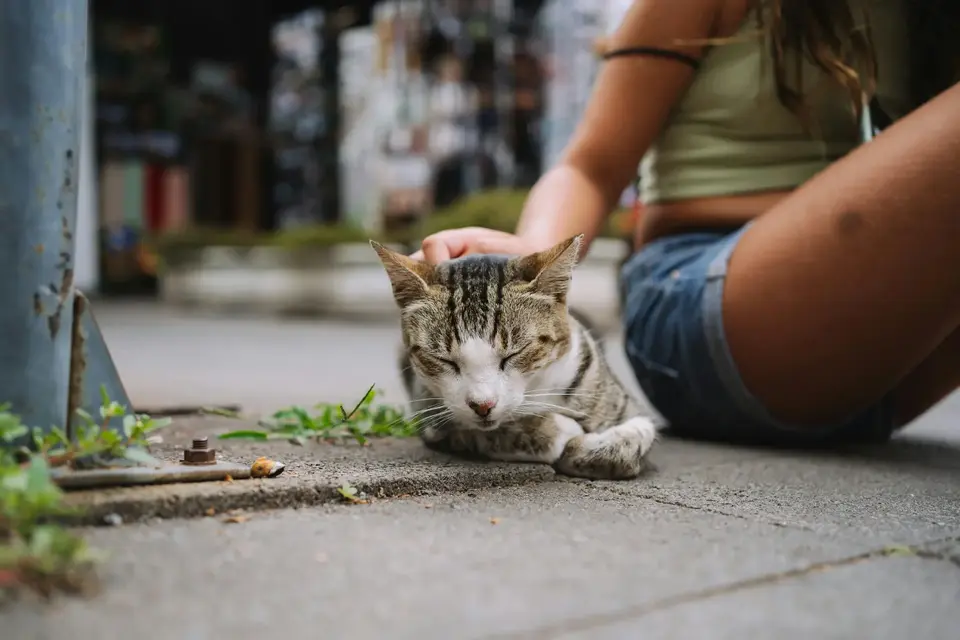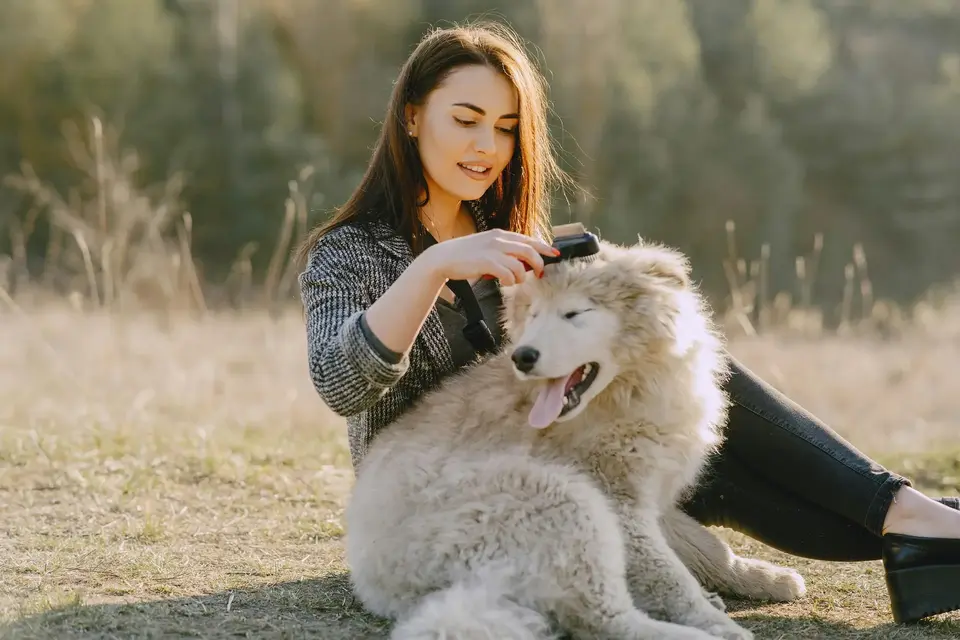Table of Contents
Introduction
When it comes to caring for our furry friends, understanding the impact of seasonal changes on their health and well-being is crucial. Each season presents unique challenges and opportunities, from managing allergies in the spring to protecting against the harsh winter cold. By staying attuned to these changes and adjusting our pet care routines accordingly, we can ensure that our pets stay healthy and happy all year round.
Understanding Seasonal Changes

How Weather Affects Pets
Just like humans, pets can be affected by weather changes. Hot summers can lead to dehydration and heatstroke, while cold winters can cause hypothermia and frostbite. It’s essential to monitor the weather and adjust your pet’s environment and activities to keep them safe.
Identifying Seasonal Allergies in Pets
Seasonal allergies are a common issue for pets, particularly during spring and fall. Symptoms can include excessive scratching, sneezing, watery eyes, and skin irritations. Identifying these signs early can help you manage allergies before they become a significant problem.
Behavioral Changes Due to Seasonal Shifts
Pets may exhibit behavioral changes as the seasons change. For example, they might become more energetic in the cooler months or more lethargic during the summer heat. Understanding these patterns can help you provide the appropriate care and stimulation your pet needs.
Spring Pet Care Tips
Preparing for Allergies
Spring is the season of blooming flowers and, unfortunately, allergies. Common allergens like pollen, grass, and mold can affect pets just as they do humans.
Common Spring Allergens for Pets
Pollen from trees, grasses, and weeds is a significant trigger for pet allergies in the spring. Mold spores and dust mites are also more prevalent during this season, contributing to allergic reactions.
How to Minimize Exposure
To reduce your pet’s exposure to allergens, consider limiting outdoor activities during peak pollen times, keeping windows closed, and using air purifiers. Regular bathing and grooming can also help remove allergens from your pet’s coat.
Grooming Needs in Spring
As temperatures rise, pets begin to shed their winter coats. Regular brushing can help manage shedding and prevent matting. It’s also an excellent time for a thorough bath to remove any winter dirt and allergens that have accumulated.
Exercise and Outdoor Activities
Spring is a great time to enjoy outdoor activities with your pet, but it’s essential to do so safely.
Safe Outdoor Practices
Ensure your pet is up-to-date on vaccinations and parasite prevention before heading outdoors. Stick to shaded areas to avoid overheating and always carry water to keep your pet hydrated.
Managing Pests and Parasites
Springtime also marks the return of fleas, ticks, and other pests. Regularly check your pet for signs of infestations and use preventative treatments to protect them from these harmful parasites.
Summer Pet Care Tips
Protecting Pets from Heat
Summer can be particularly challenging for pets, especially those with thick coats or underlying health issues. High temperatures can lead to serious health risks, such as heatstroke.
Hydration and Cooling Techniques
Ensure your pet has access to fresh water at all times and consider adding ice cubes to their water bowl to keep it cool. You can also use cooling mats or provide a shaded area in your yard to help them stay cool.
Avoiding Heatstroke
Heatstroke is a severe condition that can be fatal if not addressed promptly. Signs include excessive panting, drooling, and lethargy. If you suspect your pet is suffering from heatstroke, move them to a cool area immediately and contact your vet.
Sunscreen and Skin Care for Pets
Believe it or not, pets can get sunburned, especially those with light-colored fur or exposed skin. Use pet-safe sunscreen on vulnerable areas and avoid prolonged sun exposure during peak hours.
Summer Grooming Tips
Regular grooming in the summer helps keep your pet’s coat in good condition and reduces the risk of skin infections. However, avoid shaving your pet’s fur too short, as it can expose their skin to sunburn.
Traveling with Pets in Summer
Summer is a popular time for vacations, and many pet owners choose to bring their furry companions along.
Car Safety Measures
Never leave your pet in a parked car, even for a short time. Temperatures inside a car can rise rapidly, leading to heatstroke. Use pet seat belts or carriers to keep them safe during the drive.
Tips for Road Trips and Air Travel
Plan ahead to ensure a smooth trip for you and your pet. Bring along their favorite toys, blankets, and enough food and water. If traveling by air, check with the airline for pet-specific guidelines and requirements.
Fall Pet Care Tips
Adjusting to Cooler Temperatures
As the weather cools down, pets need some time to adjust, especially those sensitive to temperature changes.
Keeping Pets Warm
Invest in a cozy bed or blanket for your pet to snuggle in as the temperatures drop. Short-haired breeds or older pets might benefit from a sweater or jacket when going outside.
Adjusting Exercise Routines
With cooler weather, pets may become more active. Adjust their exercise routine accordingly, ensuring they get enough physical activity to stay healthy without overexertion.
Shedding Season Management
Fall is another shedding season for many pets as they prepare their winter coats. Regular brushing helps manage shedding and keeps your home free from excess fur.
Fall Foods and Dietary Changes
As the season changes, so might your pet’s appetite. Consider incorporating seasonal vegetables like pumpkin or sweet potato into their diet, but always consult your vet before making significant changes. You can see on our website Eight Pets Delivers Pet Perfection, there are food for all pets.
Winter Pet Care Tips
Protecting Pets from the Cold
Winter can be harsh on pets, particularly those with short coats or who spend a lot of time outdoors.
Winter Clothing for Pets
Consider dressing your pet in a warm sweater or coat when heading outside. Booties can also protect their paws from ice, salt, and cold surfaces.
Indoor vs. Outdoor Activities
If it’s too cold outside, focus on indoor activities to keep your pet entertained and exercised. Puzzle toys, indoor fetch, or a game of hide and seek can be great ways to burn off energy.
Preventing Dry Skin and Paw Care
Winter air can be drying, leading to itchy skin and cracked paws. Use pet-safe moisturizers and regularly check their paws for signs of damage.
Safety Tips for Holiday Decorations
The winter season often brings holiday decorations, which can pose risks to pets. Keep an eye on your pet around decorations, especially those with small parts, tinsel, or electrical cords.
General Year-Round Pet Care Tips
Regular Vet Check-Ups
Regardless of the season, regular vet check-ups are crucial for your pet’s health. Preventive care can catch potential issues before they become serious problems.
Diet and Nutrition
A balanced diet is essential for your pet’s overall health. Adjust their diet as needed throughout the year, and ensure they get the nutrients they need to stay healthy.
Maintaining a Safe Environment
Keep your home and yard safe for your pet by removing hazards and providing a clean, secure space for them to live and play.
Mental and Physical Stimulation
Pets need mental and physical stimulation year-round to stay happy and healthy. Regular playtime, training sessions, and socialization opportunities are vital for their well-being.
Pet Fitness and Exercise Plans for Every Breed
Conclusion
Caring for your pet throughout the changing seasons requires attention to detail and a proactive approach. By understanding how seasonal changes affect your pet and adjusting your care routine accordingly, you can help ensure they remain healthy, comfortable, and happy all year long.
FAQs
Q1. What are the signs of seasonal allergies in pets?
A. Common signs include excessive scratching, sneezing, watery eyes, and skin irritations. If you notice these symptoms, consult your vet for appropriate treatment.
Q2. How can I keep my pet cool during summer?
A. Ensure they have access to fresh water, provide shade, and avoid outdoor activities during the hottest part of the day. Cooling mats and pet-safe ice treats can also help.
Q3. Is it safe to use human sunscreen on my pet?
A. No, human sunscreen can contain ingredients that are toxic to pets. Always use a sunscreen specifically formulated for pets.
Q4. What should I feed my pet during the winter?
A. You may need to adjust your pet’s diet in winter to provide more calories, especially if they spend a lot of time outside. Consult your vet for specific recommendations.
Q5. How often should I groom my pet during shedding season?
A. Regular grooming, ideally daily or every other day, can help manage shedding and keep your pet’s coat healthy during the shedding season.

